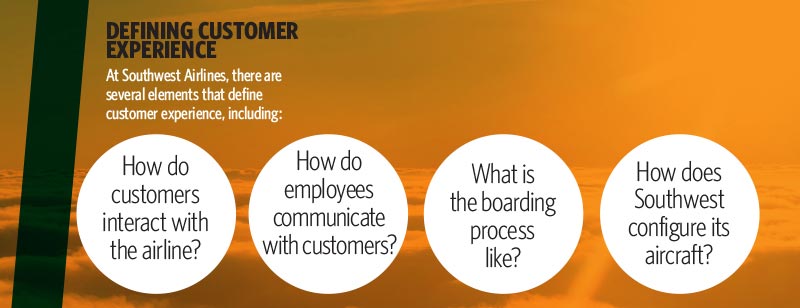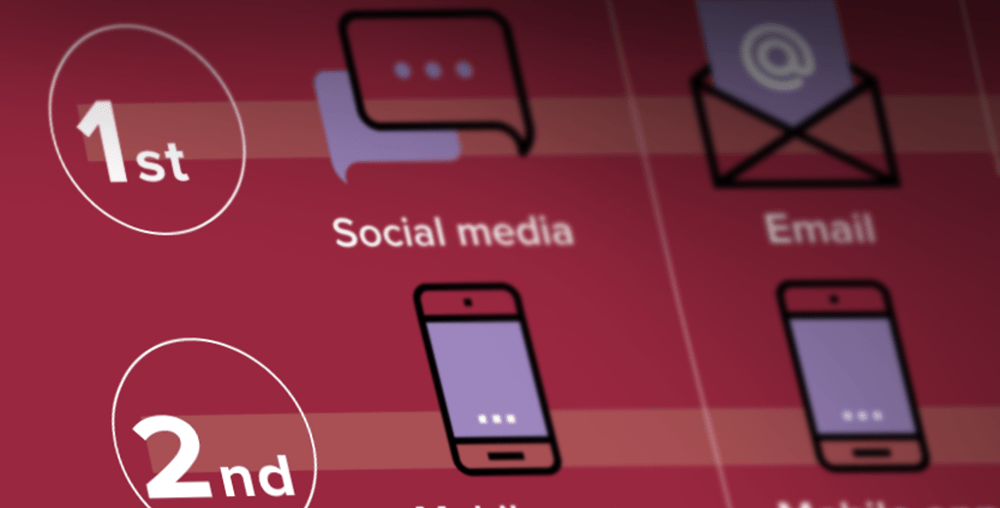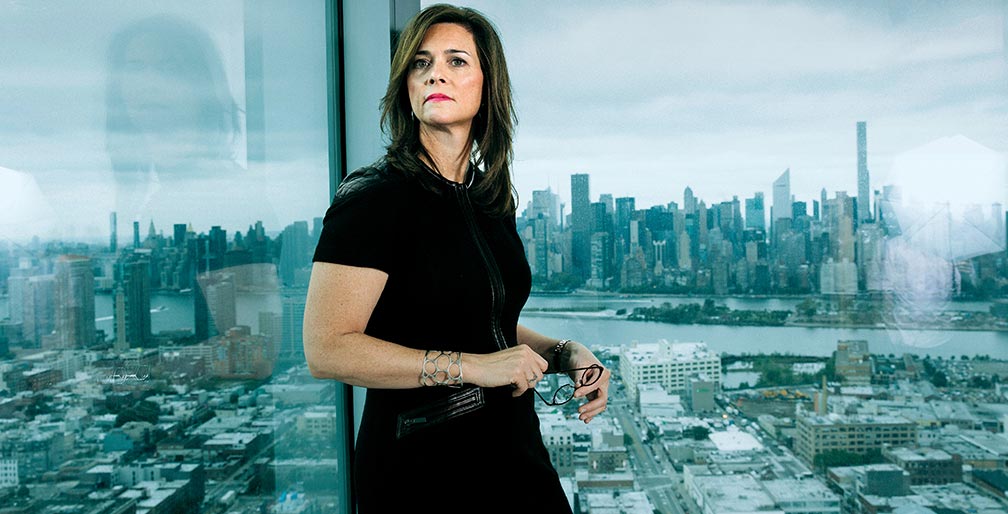Southwest Banks on Culture—Literally
A series of high-profile wins had seemingly set Southwest Airlines up for a banner year in 2016. In April, the Dallas, Texas-based international low-cost carrier’s loyalty program, Rapid Rewards, was named Program of the Year for the Americas by the Freddie Awards, which are voted on by fliers themselves. At the same time, the program won Best Customer Service for the fourth year in a row. Southwest also scored one of the coveted just-opened commercial flight routes from the United States to Cuba. And in July, it reported record-setting quarterly earnings.
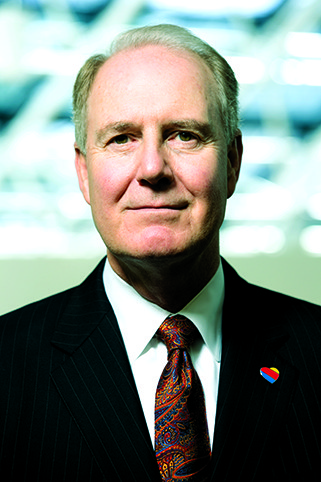
But over a four-day period that month, a pall was cast over those accomplishments when a computer glitch forced the airline to cancel or delay more than 2,000 flights. Angry passengers were left stranded in airports around the country and faced long lines to rebook their flights. In the end, the outage could cost Southwest as much as $82 million in lost revenue and increased costs.
It has also put a target on the back of Chairman, President and CEO Gary Kelly. Southwest unions called for his resignation, citing the technical breakdown, in an August no-confidence vote. (The company’s board of directors said it has no intention of removing Mr. Kelly.)
It was the worst computer outage in the airline’s history and a nightmare for a company that has built its brand and culture around elevated customer experience. But its long tradition of strong customer service might be what ultimately safeguards Southwest from a full-on backlash.
“What was interesting was the number of compliments we got from customers after the outage,” Mr. Kelly says. He adds that the airline’s Net Promoter Score (NPS)—the rating generated by customer service surveys sent to passengers who traveled that weekend—never dipped into negative territory. (A score of 0 or lower is possible on an NPS scale. Read more about the Net Promoter Score.)
What carried the day during the computer outage, according to Mr. Kelly, were Southwest’s consistent deposits in the “trust bank”—the incremental building of trust among air travelers over the years.
The Employee-Centric Culture
To build its trust bank, Southwest has made a passion for customer service part of the company’s DNA, according to Mr. Kelly. There are several “elements that we put into the customer experience bucket,” he says. “How do you interact with us? How do we communicate with you? What is our boarding process like? How do we configure our aircraft? The most important part is the hospitality.”
Getting that customer experience right all starts—as it so often does—with building the right culture.
“Culture is a big, big, big word” at Southwest, Mr. Kelly said during an interview with EntreLeadership. “It’s not one thing, it’s everything.” It comprises, according to Mr. Kelly, the company’s principles, passions and attitude.
But, instead of making the customer central to all, Mr. Kelly leads with Southwest’s employees and trusts great customer experience will follow. Share on X
That means creating an environment where employees feel less like simply co-workers and more like a pseudo-family. (Mr. Kelly often uses the word “family” in lieu of “employee” when discussing the more than 50,000 people on Southwest’s payroll.)
“We want our people to treat passengers like guests in their own home,” he says. “The only way to achieve customer service is to focus on people. If we take great care of our employees, they will be inspired to serve our customers, to continue to perpetuate that brand experience.”
The first order of business is hiring the right employees, which Mr. Kelly has called the company’s greatest competitive advantage. That means Southwest, which will hire close to 7,000 people this year, is picky about who it brings on board.
“The only way to achieve customer service is to focus on people. If we take great care of our employees, they will be inspired to serve our customers, to continue to perpetuate that brand experience.”
“We hire for attitude and train for skill,” he says. Interviews are aimed at deciphering a candidate’s personality. Instead of focusing on the number of years of pilot training—which is already vetted by the interview stage—questions are aimed at pulling out stories that give recruiters insight into the potential employee’s personality, according to Forbes. “We look for people who have a servant’s heart, fun-loving attitude and a warrior spirit,” Mr. Kelly says.
While that may sound like cheesy, corporate jargon, the characteristics are meant to exemplify what Mr. Kelly feels is another important piece of the culture puzzle—looking out for one another and battling through tough times.
“I am big on teamwork,” he says. “When a challenge presents itself, you have to identify the problem, decide on a course of action to fix it and then work together until it’s resolved.”
With the right employees in place, Southwest tries to give them ownership over their daily work lives. For example, earlier this year, the company announced it would transition into rebranded, employee-designed uniforms. More than 40 employees drawn from across operational areas—ground, in-flight, provisioning, technical and cargo—designed the uniforms. Scores of employees in different cities tested them for things like fit and comfort, style and ease of care.
Communication has also become key to driving Southwest’s customer-centric culture. Mr. Kelly told EntreLeadership that the messaging around culture must start with ensuring everyone in the company knows what you stand for. Next, employees need to understand where you are trying to go with the company. Finally, leadership must spend time listening to find out what the barriers are on that journey and then figure out how to break them down.
Mr. Kelly recognizes that this messaging must start with him.
“I have an important role, as do all our leaders,” he says. “If culture is important, then I have to demonstrate by example that culture is important. If it’s real and genuine, it will thrive.”
In It for the Medium Haul
Southwest is just as picky about where it puts its planes as it is about whom it hires to work on them—and Mr. Kelly likes it that way. He says that given the current low cost of fuel and the company’s good credit, the airline has opportunities to expand, but only if and when it makes sense.
“There are limits to any business model,” he says. “We started with three planes in three cities. Today we have over 700 planes. A narrow body 737—all we’ve ever flown—can fly short- to medium-length routes, in the five- to six-hour range, 3,600 nautical miles. There are another 500 or so of those routes that we don’t serve in North America.”
When the airline launched, its business model focused on operating short-haul flights out of small airports in urban areas where Southwest aircraft would encounter less competition and less air traffic (and could therefore be put to use more frequently). For example, Southwest flights going in and out of Chicago utilize the smaller Midway International Airport on the city’s South Side instead of the über-busy O’Hare International Airport on the city’s North Side.
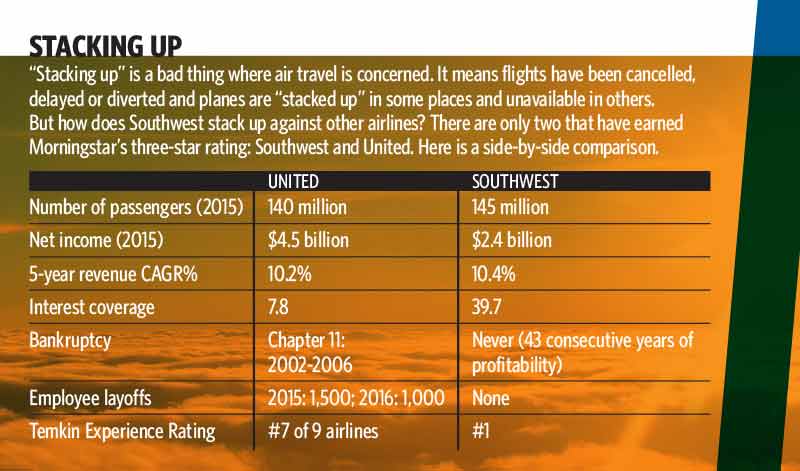 In recent years, however, Southwest has started moving into the major airports—such as New York’s LaGuardia Airport—it once eschewed. As Mr. Kelly told Fortune in 2015, “We had to call an audible and pivot from being so totally dependent on short haul and leisure. If you’re going to grow, you need universal appeal. Share on X”
In recent years, however, Southwest has started moving into the major airports—such as New York’s LaGuardia Airport—it once eschewed. As Mr. Kelly told Fortune in 2015, “We had to call an audible and pivot from being so totally dependent on short haul and leisure. If you’re going to grow, you need universal appeal. Share on X”
The company is working to compete even further with the big three U.S. airlines—Delta, American, United—for their medium-haul services and business-class passengers.
But while scaling up the company’s business model, Mr. Kelly has made a concerted effort not to lose focus on what he says differentiates Southwest from the competition. He aims to change the things passengers cannot see and keep the things they love. “We’re still true to our original purpose—great service, low price. Whether it’s the businessperson on the way to a meeting or the grandmother who travels once a year for Christmas, it’s our job to get you there on time and to leave some money in your pocket in the process. We focus on what is most important to customers, not a lot of frills.”
For instance, even as it added a more expensive Business Select fare to allow for priority boarding, Southwest decided not to back away from its egalitarian seating process: There is no first class and flights have “open seating,” meaning passengers choose their seat once on board.
The company also did not back away from point-to-point flights, even as it added bigger cities to its destinations. And it did not abandon its sense of fun, even as its annual passenger load factor increased to 83.6 percent in 2016 (it was 58.8 percent when Mr. Kelly started at Southwest in 1986).
And while other airlines unbundled their costs and started adding extra fees (remember when baggage was always free?), Southwest kept its costs to the price of the ticket, with no additions for checked bags or flight changes. “We are convinced that not charging for bags wins us more customers, and therefore more revenue and more profits, as compared to doing what everybody else does, which customers universally hate,” Mr. Kelly told D Magazine. “Charging for bags goes against everything we stand for.”
Perhaps the biggest change coming down the pipeline for Southwest involves its legacy computer system. The new system, which is scheduled to be deployed in late 2016 to replace the existing 30-year-old system, should create a run rate of at least $500 million EBIT by 2020. True to Mr. Kelly’s word, the online customer interface, one of the easiest and most intuitive reservation systems in the industry, will not change, but the technology behind it will.
The new system will provide several options to give Southwest more flexibility in the future. It will allow for assigned seats, for instance, but that is not an option Southwest will use any time soon, according to Mr. Kelly. “We have different capabilities in our operations group,” he says, “a new maintenance record-keeping system, a new flight management system.” Southwest’s old system cannot handle red eyes or vary schedules per day of the week—both opportunities for the future with flights at more times and different schedules for weekends versus midweek.
“You have to know who you are and what you’re good at and then find the gaps you have and work hard to close those gaps.”
Interestingly, this new system would have made Southwest’s July computer outage much easier to recover from. The old software has no automated re-booking capability, so each of the hundreds of thousands of affected passengers had to be dealt with individually, consuming lots of time and frustrating all involved.
Carrying Through
As Southwest adds more domestic and international destinations to its roster—including Mexico, the Caribbean and Cuba—Mr. Kelly feels customer experience and satisfaction are also scalable. But he is by no means complacent. “There are new low-cost carriers,” he says. “And legacy carriers that went through bankruptcy have become very competitive again. For the near term, that is my primary concern.”
Mr. Kelly believes airlines will have to compete on more than just cost. As competitors like United struggle to become “less awful,” as Bloomberg once put it, he is confident that Southwest will continue to prosper even where others have failed or been altered beyond recognition.
“You have to know who you are and what you’re good at and then find the gaps you have and work hard to close those gaps,” he says. “What are you transforming to? What are you going to become? We have a very tangible strategy and it has worked. That inspires a lot of confidence. You have to have a good idea where you want to go, or you will end up nowhere.”
